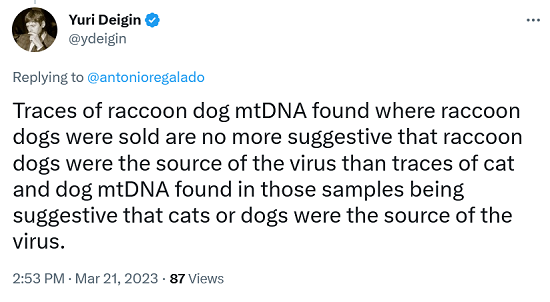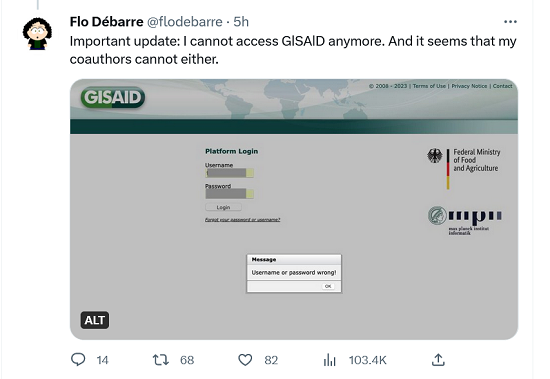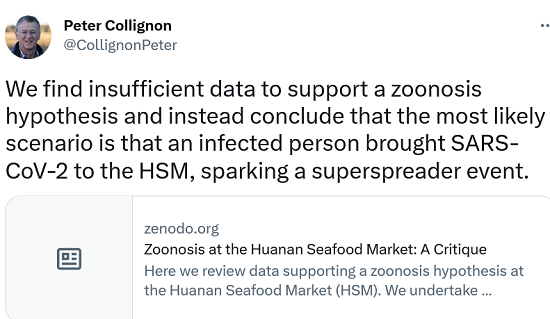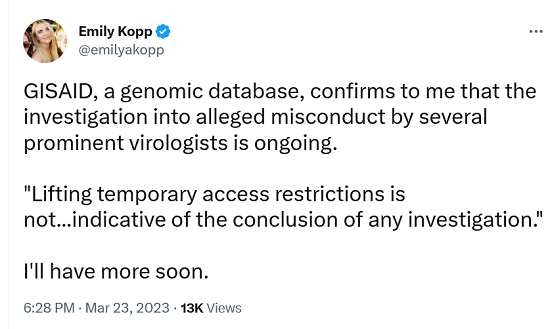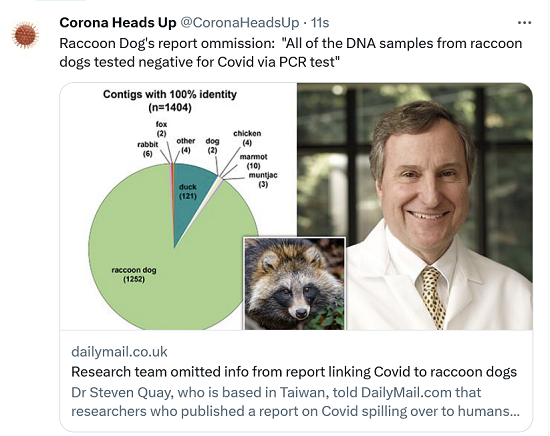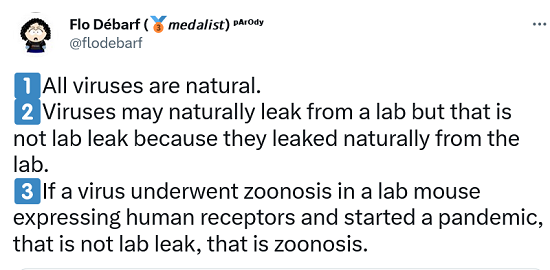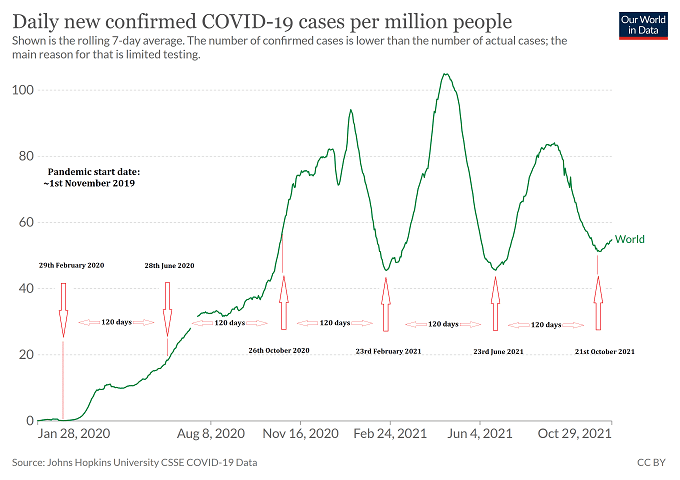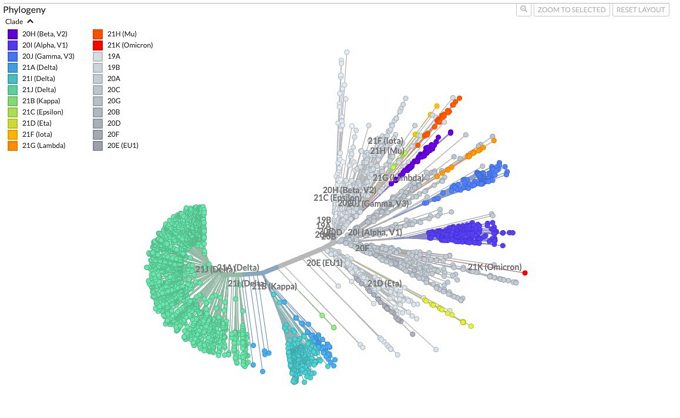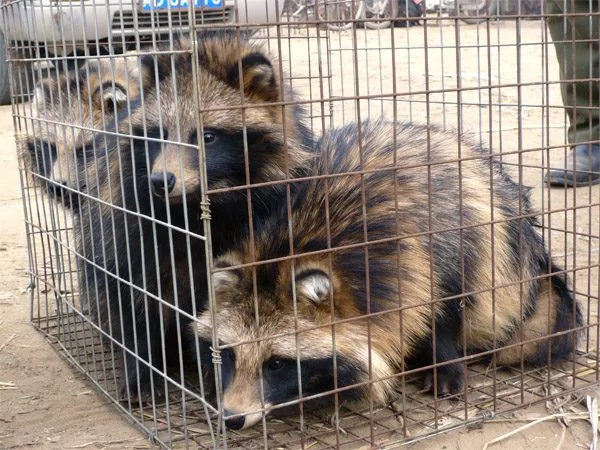
Covid-19 Origins: The Raccoon Dog’s Breakfast *5 Updates*
The recently published scientific report about raccoon dog DNA being found in the Wuhan wet market has created headlines around the globe, but almost no one has read it, and even fewer seem to be aware of its conclusions.
Rather than spinning the results one way or the other, though, we have republished the report below so that you can make your own mind up. It is that important. Our review of the report is below the publication.
So what’s new in this report for us?
We already knew that raccoon dogs were being sold in the Wuhan market. The following quote is from a Coronaheadsup post of the 10th June 2021 that covered the topic of wild animals in the Wuhan wet market. It followed the publication of this preprint:
“Here we document 47,381 individuals from 38 species, including 31 protected species sold between May 2017 and November 2019 in Wuhan’s markets. The wild animals on sale in Wuhan suffered poor welfare and hygiene conditions and we detail a range of other zoonotic infections they can potentially vector”
Thousands of wild animals for sale in Wuhan wet markets prior to the coronavirus pandemic
We also knew that, at the very least, the Wuhan market was a superspreader event for SARS-CoV-2, That much, almost everyone agrees on.
What this report does NOT prove, however, is that the animals being sold at the Wuhan Huanan market were the source of the original SARS-CoV-2 outbreak, as the authors pretty much admit in the text:
We found SARS-CoV-2-positive samples in which human mtDNA sequences were most abundant scattered throughout the rest of the market, indicating that in other samples the virus had been shed by infected persons. Other samples were dominated by non-human animal genetic material corresponding to the type of stall where they were collected, such as cattle at a stall selling beef product, and fish in a sample collected on a fish packaging surface. Hence, the most abundant animal in the sequencing data of a particular sample is not necessarily the source of the virus in that sample. (our emphasis)
The report says that there were infected people at the market, and that there were animals at the market that are susceptible to SARS-CoV-2 infection, but it does NOT say that there were animals infected with SARS-CoV-2 at the market. That’s a rather important distinction.
If you’re in any doubt, just read the final bullet points of the report – these are the highlights of this study:
1. A preponderance of the earliest hospitalized COVID-19 patients were linked to a single location, one of just four locations in a city of 11 million people where plausible intermediate hosts of SARS-CoV-2 were sold live. There are hundreds or thousands of other sites that would have been equally or more likely than this wildlife market to have the first-detected and largest cluster of early cases had the outbreak there not been associated with wildlife sales.
2. The locations of early, severe COVID-19 cases without a clear epidemiological link to the Huanan market nevertheless were so centered on and close to the Huanan market that it is clear that community transmission of SARS-CoV-2 began in this local area and only later expanded across Wuhan, and the rest of the world 2 . Importantly, this includes those infected with lineage A viruses (and not just lineage B), indicating that early community spread of both early lineages of the virus radiated out from the market.
3. The locations of SARS-CoV-2-positive environmental samples in the Huanan market were close to or exactly where susceptible live mammals were sold.
4. The early genetic diversity of SARS-CoV-2 suggests multiple spillovers, and both early lineages, “A” and “B”, were directly observed at the market and geographically associated with the market’s location in a way not expected by chance.
5. Live susceptible animals such as raccoon dogs had been reported to be on sale in this market, including during the month (November 2019) when the first human SARS-CoV-2 infection is estimated to have occurred .
6. Evidence collected and generated by China CDC and analyzed here shows that genetic material of such potential intermediate hosts was detected in SARS-CoV-2-positive environmental samples.
These are suppositions that are based, not on hard evidence, but on flimsy correlations and wishful thinking. There is no smoking gun here.
We need undeniable facts, and we need evidence beyond reasonable doubt to confirm the origins of SARS-CoV-2. Neither are found in this report.
UPDATE 1 – 21st March 2023 – Gisaid are really pissed about this research.
Gisaid are clearly very angry at the research carried out by the authors of the Raccoon Dog’s Breakfast. This is Gisaid’s statement:
GISAID – Data availability
Gisaid statement on data availability
In fact, it seems that Gisaid are so pissed that they may have locked the authors of the Raccoon Dog’s Breakfast out of their accounts….
UPDATE 2 – 22nd March 2023 – A new report casts a scientific eye over the Raccoon Dog’s Breakfast.
Zoonosis at the HSM A Critique-1
Zoonosis at the Huanan Seafood Market: A Critique
UPDATE 3 – 24th March 2023 – The investigation into the report by Gisaid is ongoing:
UPDATE 4 – 24th March 2023 – The raccoon dogs in Huanan market all tested negative for Covid:
UPDATE 5 – 26th March 2023 – this Flo Débarf parody account just about sums it up:
Frankly, in our opinion, the authors of the raccoon dog report have permanently tarnished their reputations in perpetuity with this poor quality publication.
China: Thousands of wild animals for sale in Wuhan wet markets prior to the coronavirus pandemic
